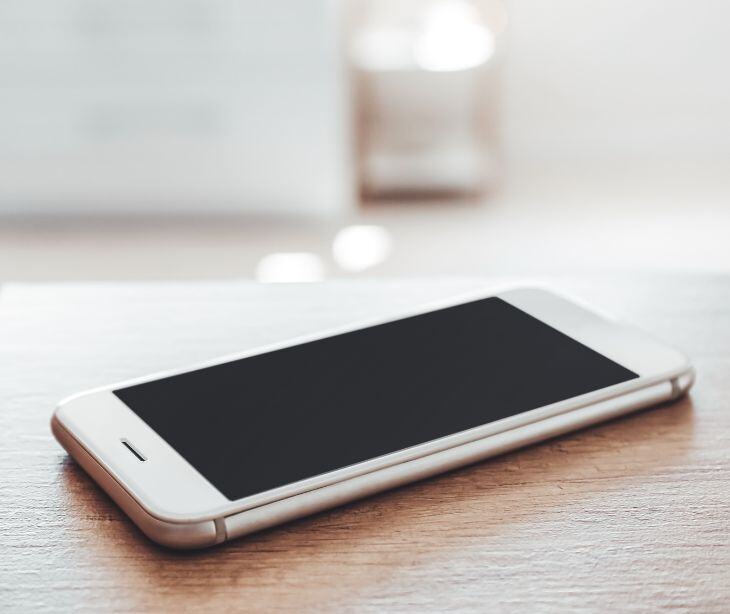3 min read
How text messaging can automate mental health grounding exercises
Kirsten Peremore
June 28, 2024

Automated messages provide consistent, reliable support. Patients receive timely and regular reminders to engage in therapeutic activities, which can be particularly comforting during difficult periods. This consistency helps patients feel that their mental health is a priority for their mental health provider, not just during appointments.
How grounding exercises are used in mental health
Grounding exercises are practical, straightforward techniques designed to swiftly draw an individual's attention away from negative or distressing thoughts and anchor them firmly in the present moment. A study titled, The Possibilities of Implementing Pragmatic Instruction with Mental Grounding Techniques in EFL College Students’ Context, published in 2023, provides an apt definition for the function of grounding exercises, “ Grounding originally is a form of coping method that can be utilized to aid in the healing process after a traumatic event (Eddins, 2020). It is a strategy for keeping oneself in the present moment.”
These exercises are invaluable tools for managing overwhelming emotions or psychological distress, providing a mental anchor when thoughts feel out of control. They are especially helpful for those dealing with mental health challenges such as anxiety disorders, post-traumatic stress disorder (PTSD), and intense episodes of dissociation where one might feel detached from reality.
Among the most popular and effective grounding techniques is the 5-4-3-2-1 method. This involves acknowledging five things one can see, four they can touch, three they can hear, two they can smell, and one they can taste. It's a powerful method for engaging all the senses and drawing awareness to the present. Another common technique is focused deep breathing, where the individual concentrates solely on their breath, slowing it down deliberately and feeling each inhalation and exhalation. This can help reduce the physiological symptoms of anxiety, like rapid heart rate.
Physical techniques such as holding a piece of ice or pressing one's feet firmly into the ground are also used. These methods create an immediate physical sensation that is hard to ignore, thus diverting attention from mental distress to the physical sensation.
See also: Using HIPAA compliant emails to overcome mental health stigma
How text messaging can automate grounding exercises
Text messaging can revolutionize the way individuals integrate grounding exercises into their daily routines by delivering automated reminders directly to their phones. This method utilizes the simplicity and ubiquity of SMS to assist individuals in focusing and recalibrating during stressful times. For instance, a daily text message might prompt someone at 10 AM to pause and engage in a brief breathing exercise, while a situational prompt could be triggered by a calendar event, reminding them to perform a 5-4-3-2-1 sensory check right before a meeting.
An effective HIPAA compliant text message based grounding exercise program stands out by being highly personalized and timely. It tailors the frequency and type of exercises based on the individual's specific stress triggers and preferences. For example, if someone struggles with morning anxiety, the system could schedule more intensive grounding prompts for each morning. The true effectiveness lies in the timing—sending these prompts when they are most needed, without overwhelming the individual.
Best practices
- Analyze the patient’s daily stress patterns and schedule messages accordingly. For instance, if a patient experiences anxiety in the mornings, schedule grounding texts to arrive first thing in the morning.
- Regularly update the scheduling based on feedback from patients about when they find the exercises most helpful.
- Rotate different types of grounding exercises (e.g., sensory, cognitive, physical) to keep the routine engaging and effective.
- Customize the content of the texts to reflect personal details or preferences known about the patient, which can make the messages feel more personal and less automated.
- Include questions or prompts that require a simple response from the patient, such as confirming they have completed an exercise or rating their stress level pre- and post-exercise.
- Ensure that the exercises align with the goals set during therapy sessions, reinforcing what is being worked on in a more structured setting.
- Regularly review the effectiveness of the text message program during sessions, discussing any adjustments needed based on the patient’s ongoing feedback and progress.
See also: Top 12 HIPAA compliant email services
FAQs
What is automation?
Automation is the technology by which a process or procedure is performed with minimal human assistance.
Is automation HIPAA compliant?
Automation itself can be HIPAA compliant if it aligns with security standards and regulations designed to protect patient information.
What other information can be sent by text messaging?
Text messaging can send appointment reminders, health tips, medication alerts, patient surveys, and follow-up instructions, among other information.
Subscribe to Paubox Weekly
Every Friday we'll bring you the most important news from Paubox. Our aim is to make you smarter, faster.



